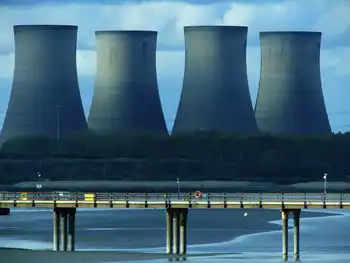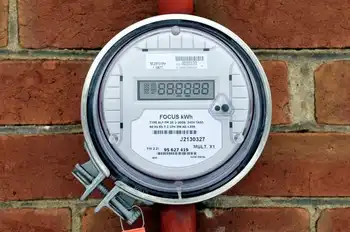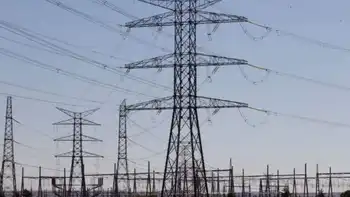WAPA completes study on power combo
By Associated Press
NFPA 70e Training - Arc Flash
Our customized live online or in‑person group training can be delivered to your staff at your location.

- Live Online
- 6 hours Instructor-led
- Group Training Available
The Wind and Hydropower Feasibility Study was mandated by the Energy Policy Act of 2005.
"It turns out to be a fairly complicated process," said Randy Wilkerson, a WAPA spokesman. "You're trying to mesh two variables together. You've got a wind resource that's highly variable over time, and you've got this hydropower resource that varies between high-water years and low-water years. In high-water years there's excess electricity to sell, and in low-water years we have to go on the market to purchase that power."
WAPA is an agency of the U.S. Energy Department that sells electricity produced by Missouri River power plants.
Because of drought this decade, WAPA has been forced to buy extra electricity on the market, Wilkerson said. Since open market power is substantially more expensive than power WAPA generates, the agency has had to raise its rates.
The study concluded wind power would have benefits, but only to a certain degree.
"One of the things we saw from the study is that in years of low generation, these wind projects make a lot of sense economically," Wilkerson said. "When there's plenty of water, economically the wind projects aren't as viable. It's kind of a project of balancing that over time to see where the economic breakpoint is."
The optimal amount of wind power, according to the study, is 300 megawatts — about 200 wind turbines, or an 11 percent increase in WAPA's total capacity.
The study found that expanding wind power production along the Missouri River would have moderate benefits during drought years, saving WAPA almost $4 million per year. During years with normal water, the benefits decrease.
Mike Radecki, the project manager for the wind-hydro integration study, said more wind power than 300 megawatts is less viable because of the time of day when strong winds tend to blow in central South Dakota.
"A lot of the wind blows during the evening hours and into the nighttime," Radecki said. "In that same time frame, our load is backing down into the off-peak load. Having more wind during that period isn't as beneficial as if it were blowing during the day, during our peak load, which is when energy is more expensive."











